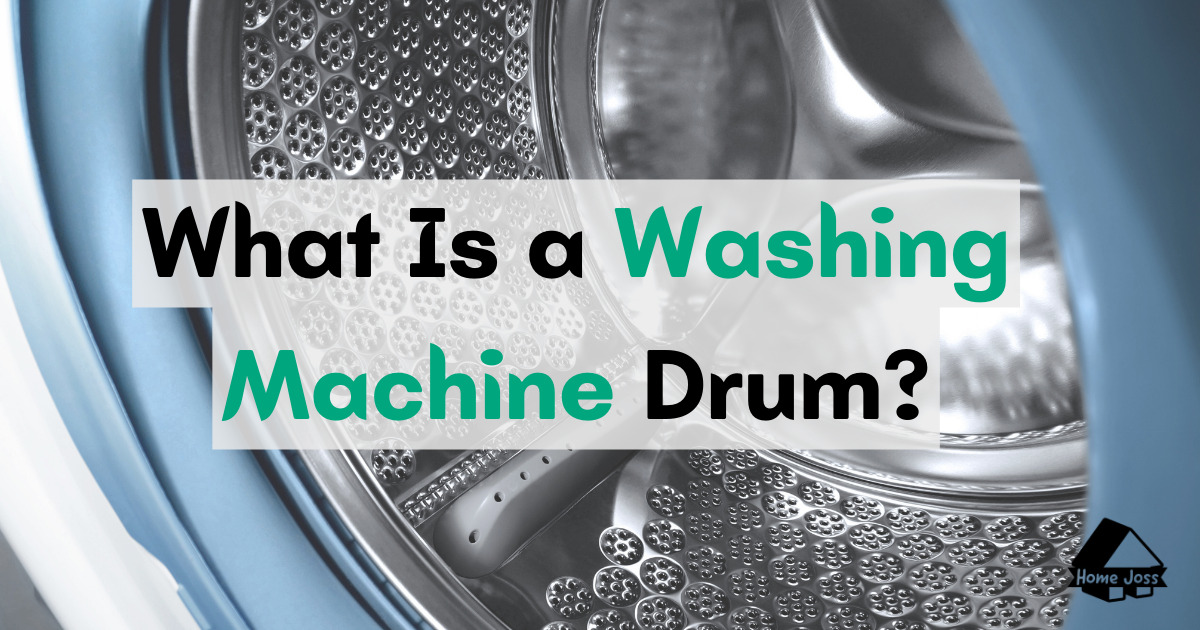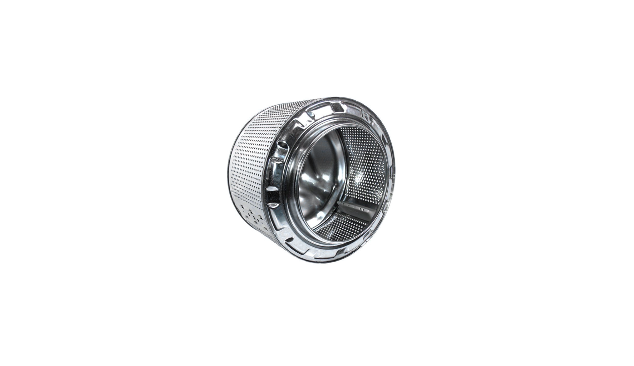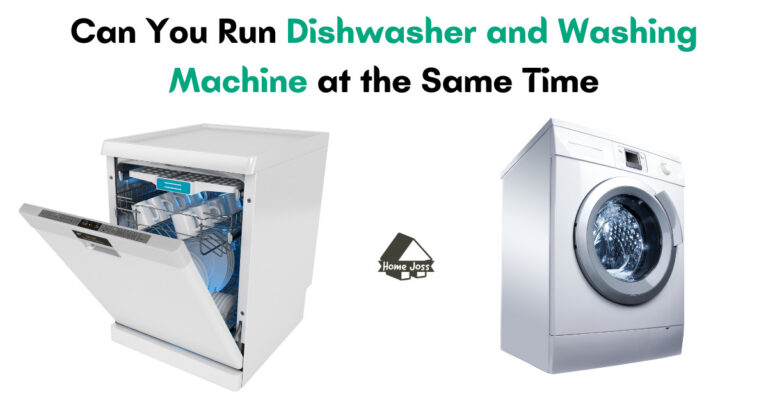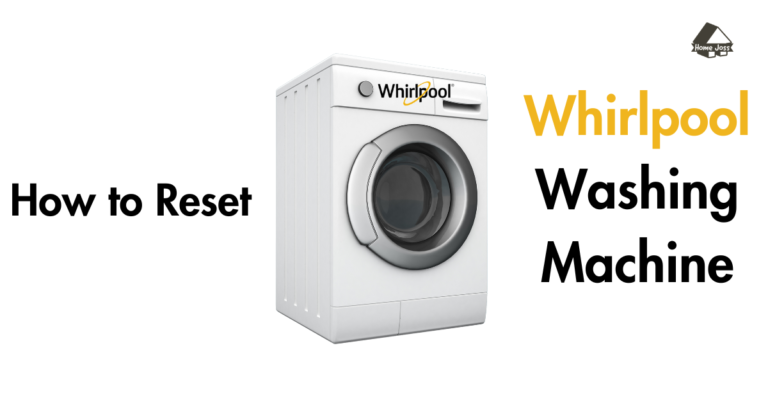Washing machines have become an essential appliance in modern households, providing convenience and efficiency in the laundry routine. However, understanding the various components of a washing machine, such as the drum, can be overwhelming.
In this detailed guide, we will break down the concept of a washing machine drum, explain its function, explore different types of drums, and provide you with valuable tips on choosing, maintaining, and caring for your drum.

What Is a Washing Machine Drum?
Definition and Function
A washing machine drum, also known as a tub or cylinder, refers to the cylindrical compartment inside a washing machine where clothes are placed for washing. Its primary function is to hold and agitate the clothes during the wash cycle, facilitating the movement of water and detergent for effective cleaning.

The drum is typically perforated or fitted with small holes, allowing water to enter and exit freely. These perforations prevent clothes from getting stuck or tangled during the wash cycle, ensuring a thorough and even distribution of water and detergent.
Types of Washing Machine Drums
Washing machine drums come in different types, each with its own unique design and functionality. The two primary types of washing machine drums are top-load and front-load drums.
1. Top-Load Drums: Top-load washing machine drums are vertically oriented and are accessed by lifting a lid or door on the top of the machine. They typically use an agitator or impeller mechanism to clean the clothes.
Agitators are central columns with fins or blades that move the clothes around, while impellers are low-profile discs that create a turbulent current to wash the clothes. Top-load drums are generally more affordable and easier to load and unload compared to front-load drums. They are a popular choice for those looking for a traditional design and ease of use.
2. Front-Load Drums: Front-load washing machine drums are horizontally oriented and are accessed by opening a door on the front of the machine. They use a tumbling action to clean clothes, resulting in gentler washing and better stain removal.
Front-load drums are known for their superior performance and efficiency. They have a larger capacity compared to top-load drums, are generally more energy-efficient and water-efficient, and offer advanced features and a sleek, modern design.
How Does a Washing Machine Drum Work?
Understanding how a washing machine drum works is essential to fully grasp its importance in the overall washing process.
Loading and Unloading
The first step in using a washing machine drum is loading it with your clothes. Whether it’s a top-load or front-load drum, you’ll need to follow the specific instructions provided by the manufacturer.
Once the clothes are loaded, the drum secures them in place during the entire wash cycle, preventing them from falling out or getting tangled.
After the wash cycle is complete, you can unload the clothes by opening the appropriate door or lid. Be sure to remove all the clothes promptly to prevent them from becoming wrinkled or developing an unpleasant odor.
Agitation and Spinning
During the wash cycle, the drum performs two crucial actions: agitation and spinning.
Agitation: Agitation involves the movement of the drum, which helps distribute water and detergent evenly throughout the clothes. This movement causes the clothes to rub against each other, dislodging dirt, stains, and odors. Agitation is particularly effective in removing tough stains and ensuring a thorough cleaning.
Spinning: Spinning is the rapid rotation of the drum, which serves two main purposes. First, it helps remove excess water from the clothes through centrifugal force, reducing the drying time. Second, spinning helps prevent clothes from becoming entangled or clumped together, ensuring they come out of the washing machine with minimal wrinkles.
These combined actions of agitation and spinning in the washing machine drum result in clean, fresh, and ready-to-dry clothes.
Factors to Consider When Choosing a Washing Machine Drum
Choosing the right washing machine drum involves considering several factors that can impact its performance and your overall laundry experience.
Drum Capacity
Drum capacity refers to the amount of laundry that the drum can hold in a single cycle. It is measured by the net weight of dry clothes that can be washed at once.
The drum capacity you choose should align with your specific needs based on factors such as the size of your laundry, the frequency of washes, and the number of people in your household.
For smaller households or individuals, a drum capacity of around 7 kg is typically sufficient. This capacity can comfortably accommodate a standard load of laundry and also offers programs specifically designed for smaller loads. ‘
On the other hand, larger families or those who do laundry frequently may require a larger drum capacity to handle larger loads in a single cycle.
Materials Used in Drum Construction
The material used in the construction of the drum plays a crucial role in its durability, cleaning performance, and maintenance. Common materials used in washing machine drum construction include stainless steel, porcelain-coated steel, polymer, plastic, and glass-reinforced plastic (GRP).
Stainless Steel: Stainless steel drums are popular due to their durability, resistance to corrosion, and ability to withstand high spin speeds. They have a smooth surface that prevents clothes from snagging or getting damaged during the wash cycle.
Porcelain-Coated Steel: Porcelain-coated steel drums feature a steel drum coated with a layer of porcelain enamel. This coating provides a smooth and resistant surface, preventing clothes from snagging and reducing the risk of rust or corrosion.
Polymer or Plastic: Some washing machine drums are constructed using polymer or plastic materials. These drums are lightweight, resistant to rust and corrosion, and offer sound-absorbing properties for quieter operation. However, they may not be as durable as stainless steel or porcelain-coated steel drums.
Glass-Reinforced Plastic (GRP): GRP drums, also known as fiberglass drums, are lightweight, durable, and resistant to rust and corrosion. They can handle high spin speeds without warping or vibrating excessively.
Types of Drums
Apart from the material used, washing machine drums can also vary in terms of their positioning, patterns, and other factors.
Horizontal Drums: Horizontal drums are typically found in front-load washing machines. They provide a gentle washing action, resulting in better stain removal and less wear and tear on clothes.
Vertical Drums: Vertical drums are commonly found in top-load washing machines. They use agitators or impellers to create a turbulent current that washes the clothes. Vertical drums are generally more affordable and easier to load and unload.
Each type of drum offers its own set of advantages and disadvantages, so it’s important to consider your specific needs and preferences when choosing a washing machine.
Importance of a Washing Machine Drum
Understanding the importance of a washing machine drum is essential to fully appreciate its role in the overall washing process.
Efficient Cleaning
The primary function of a washing machine drum is to facilitate efficient cleaning of your clothes. The drum’s movement and the distribution of water and detergent ensure that all areas of the clothes are adequately cleaned.
Agitation and spinning actions help dislodge dirt, stains, and odors, resulting in a thorough and effective wash.
Preventing Tangling and Damage
Washing machine drums are designed to prevent clothes from tangling or bunching up during the wash cycle. The perforations or small holes in the drum allow water to circulate freely while ensuring that clothes do not get trapped or tangled. This prevents excessive wear and tear on the fabric, preserving the longevity of your clothes.
Capacity and Convenience
The capacity of a washing machine drum determines the amount of laundry it can handle in a single cycle. A larger drum capacity allows you to wash more clothes at once, saving time and energy.
This is particularly beneficial for larger households or those with heavier laundry needs. Additionally, washer drums offer convenient features such as easy loading and unloading, as well as the ability to add or remove clothes during the wash cycle.
How to Maintain and Care for Your Washing Machine Drum
Proper maintenance and care are essential to ensure the longevity and optimal performance of your washing machine drum. Here are some tips to help you keep your drum in excellent condition:
Regular Cleaning
Regularly clean your washing machine drum to remove any residue, lint, or detergent buildup. Use a mild detergent or a specialized washing machine cleaner and follow the manufacturer’s instructions.
Wipe down the drum, including the inside surface and the door seal, to prevent the growth of mold or mildew. Pay special attention to any nooks and crannies where dirt or detergent can accumulate.
Proper Loading and Unloading
Avoid overloading the washing machine drum with too many clothes. Overloading can strain the drum and decrease its efficiency. Follow the manufacturer’s recommendations for the maximum load capacity, ensuring that the clothes have enough room to move freely during the wash cycle.
Additionally, avoid underloading the drum, as this can lead to wasteful water and energy consumption.
Using Recommended Detergents
Follow the manufacturer’s instructions regarding the type and amount of detergent to use. Using excessive amounts of detergent can create excess suds that may leave residue on the drum or cause problems with drainage.
Opt for high-quality detergents recommended for your specific washing machine and the type of clothes you are washing.
By following these maintenance tips, you can prolong the lifespan of your washing machine drum and ensure optimal washing performance for years to come.
FAQ about What Is a Washing Machine Drum
What is the purpose of a washing machine drum?
The drum of a washing machine is responsible for holding and agitating the clothes during the wash cycle, facilitating a thorough and effective clean.
How do I choose the right drum capacity for my washing machine?
Consider factors such as the size of your laundry, the frequency of washes, and the number of people in your household. Smaller households may find a drum capacity of around 7 kg sufficient, while larger families may require a larger drum to handle bigger loads.
Which materials are commonly used in washing machine drum construction?
Common materials used in drum construction include stainless steel, porcelain-coated steel, polymer, plastic, and glass-reinforced plastic (GRP). Each material offers different benefits in terms of durability, resistance to corrosion, and washing performance.
What are the advantages of top-load and front-load washing machine drums?
Top-load drums are generally more affordable and easier to load and unload, while front-load drums offer superior performance, larger capacity, and advanced features. The choice between the two depends on personal preference and specific laundry needs.
How can I maintain and care for my washing machine drum?
Regularly clean the drum to remove any residue or buildup, avoid overloading or underloading the drum, and use recommended detergents. These practices will help prolong the lifespan of your drum and ensure optimal washing performance.
Can I add or remove clothes during the wash cycle?
Some washing machines allow for pausing the wash cycle to add or remove clothes. However, it is recommended to consult the manufacturer’s instructions for your specific machine to ensure proper operation.
What is the average lifespan of a washing machine drum?
The lifespan of a washing machine drum can vary depending on usage, maintenance, and quality of construction. With proper care and maintenance, a drum can last for several years.
Can I wash different types of fabrics in a washing machine drum?
Yes, washing machine drums are designed to cater to various types of fabrics. However, it is important to follow the care instructions on clothing labels and select appropriate wash programs for delicate fabrics.
Are all washing machine drums the same size?
No, washing machine drums come in different sizes, ranging from small capacities suitable for individuals or couples to larger capacities suitable for families or households with heavier laundry needs.
Can I stack a dryer on top of a washing machine with a front-load drum?
Yes, many front-load washing machines are designed to be stackable, allowing you to save space in your laundry area. However, it is important to ensure that the dryer is compatible with your specific washing machine model.
The washing machine drum is a crucial component that plays a significant role in the cleaning performance and efficiency of your washing machine. Understanding the drum’s function, types, and factors to consider when choosing a drum can help you make an informed decision when purchasing a washing machine.
By maintaining and caring for your washing machine drum, you can ensure optimal performance and longevity. Regular cleaning, proper loading and unloading, and using recommended detergents are essential practices for keeping your drum in excellent condition.
Remember, the drum is the heart of your washing machine, so choose wisely and care for it diligently to enjoy clean, fresh, and well-maintained clothes for years to come.






